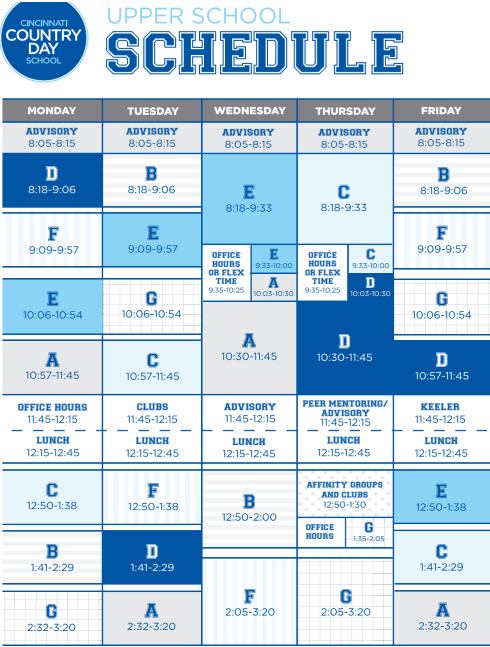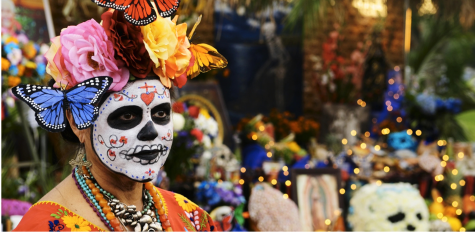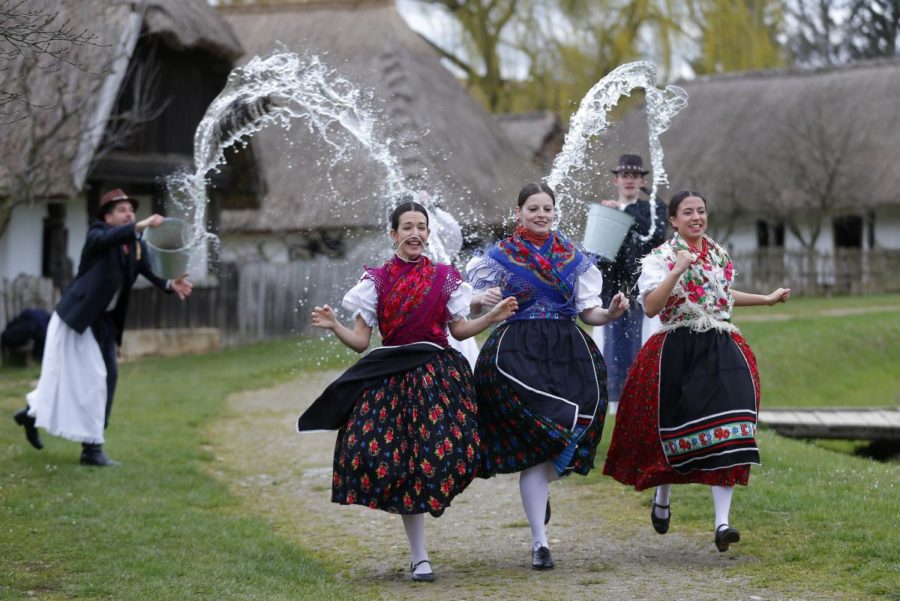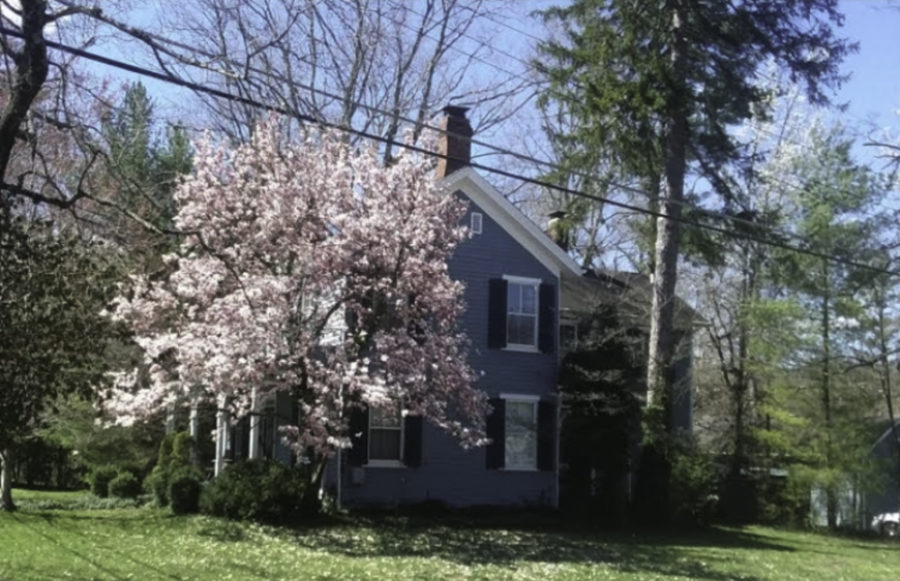By Holly Dayton ’13, Lens Section Editor
With you-know-what season approaching, it’s time to break out the best of the pie recipes and roll up the sleeves in the kitchen. This weekend, I spent my Saturday baking off two varieties of one of the best forms of pie: apple. The two pies were identical in every aspect except for the type of apple; in the first I used half Granny Smiths, and half Fuji apples, and in the second I used half Granny Smiths and half Jonagold apples. On Sunday I had a tasting and the results are in, and they may surprise you!
To start, I used the same crust recipe, my mother’s, for both pies. The recipe for both the pie and the crust in listed below. Both pies were made out of the same ingredients (except the apples), baked for the same amount of time, and left overnight in the same conditions.
The reviewing panel consisted of my mother, baker extraordinaire Lisa Dayton ’78, my brother Trey Dayton ’08, Sally Portman ’13 and Olivia June ’13. Their feedback produced a startling conclusion– both pies were the best! What really mattered was what kind of pie you prefer.
My mother and Olivia both chose Pie 2 (the Jonagold), because they liked the tender give of the apples. Said Lisa, “there was a good mix of apples; this pie really works.” Olivia liked the softness but also was drawn to Pie 2 for its taste: “it’s tangier– you can taste the apples more.”
On the other hand, Trey and Sally favored Pie 1 (the Fuji). Considering Pie 2 to be “mushy, without flavor; a monotone pie,” Trey loved Pie 1 for it’s crispness which he found gave it “more of a sense of texture.” Sally concurred, preferring Pie 1 for the “delicious crunch of apple.”
Some of the taste-testers also found Pie 1 to be drier, which Lisa suggested was due to the nature of the crisper apples that released less liquid, therefore less pectin which aids in setting pie filling. However, for the majority of tasters, the science of the pie was less important than the flavor. As Sally said, “both of them are really, really delicious.”
Now you know for Thanksgiving season, if you plan to make a pie at home, a mixture of Granny Smiths and Fuji apples will please those in your house who love a toothsome fruit, but for those who yearn for a softer interior, a blend of Granny Smith and Jonagold apples will do the trick. Below are the recipes to make either pie, and I suggest incorporating the whole family into the process (brothers are always good for peeling apples, I’ve found!).
Lisa Dayton’s Cincinnati Apple Pie
-Pastry for 2-crust 9” pie
-2/3 cup sugar
-2 tbsp all-purpose flour
-1/2 tsp ground cinnamon
-1/2 tsp ground nutmeg
-1/2 tsp garted lemon peel
-1-2 tsp. lemon juice (freshly squeezed)
-6-7 cups peeled and cored apples, thinly sliced (about 2lbs)
-1 tbsp butter
-Milk
-Aluminum foil
Line bottom of oven with foil (for spillage). Preheat oven to 425°.
Turn the pie plate upside down and place it on a sheet of aluminum foil. Trace a little wide of the pie plate all around, and then cut out the circle made by the tracing. Cut out the center of this circle, leaving a ring of about 1-1½ inches in width. Put aside.
Prepare pastry. Roll out half of pastry and line a 9-inch pie plate. In a small bowl, combine sugar and next 5 ingredients. Mash with a fork until completely combined. Place a layer of thinly sliced apples in piecrust; sprinkle with sugar mixture. Continue layering.
Dot the filling with butter. Roll out remaining pastry for top. Place crust over pie; trim edges. Cut steam vents in top pastry. Fold pastry overhang under then bring up over pie-plate rim. Pinch to form a high edge, then make your choice of decorative edge.
For a golden glaze, brush the top crust (not the edge) lightly with some milk. Blot any pools of milk with paper toweling, then sprinkle a little more sugar on top. Place the aluminum foil ring around the edge of the crust (this is to prevent burning) and place in oven for 35 minutes. At that time, take the pie from the oven, remove the aluminum foil ring, and continue baking for 10-15 minutes, or until all of the crust is golden.
Best Pie Crust recipe (for a 2-Crust 9” Pie)
-2 cups all-purpose flower
-1 tsp salt
-6 tbsp unsalted butter
-6 tbsp shortening (Crisco works well)
-5-6 tbsp cold water
In a medium bowl, lightly stir flour and salt. With pastry fork or two knives used in scissors-fashion, cut in shortening and butter until mixture resembles coarse crumbs. Sprinkle in cold water, one tablespoon at a time, lightly mixing with a fork after each addition until the pastry just holds together. With your hands, shape pastry into a ball. Divide pastry into two pieces (one slightly larger) and then gently shape each piece into a ball. Between two sheets of waxed paper, gently roll larger ball into a 1/8th inch circle, 2 inches larger than the pie plate. Carefully peel off one sheet of waxed paper and transfer pastry to pie plate, easing into bottom and side of plate. Remove second sheet of waxed paper. Fill as recipe directs.
For top crust, roll smaller ball as for bottom crust. Center pastry over filling in the bottom crust. With a sharp knife, gently cut a few slashes in the center of circle( for release of steam during baking).
With scissors or a sharp knife, trim the pastry edges, leaving one inch overhang all around the pie plate rim. Fold overhang under; pinch a high edge. Bake pie as recipe directs.
*If you are making the crust ahead of the pie itself, you can store the pastry while it is still between the waxed paper sheets in the refrigerator. Then, when you are ready to assemble, let them sit at room temperature for a few minutes before transferring them to a pie plate.









